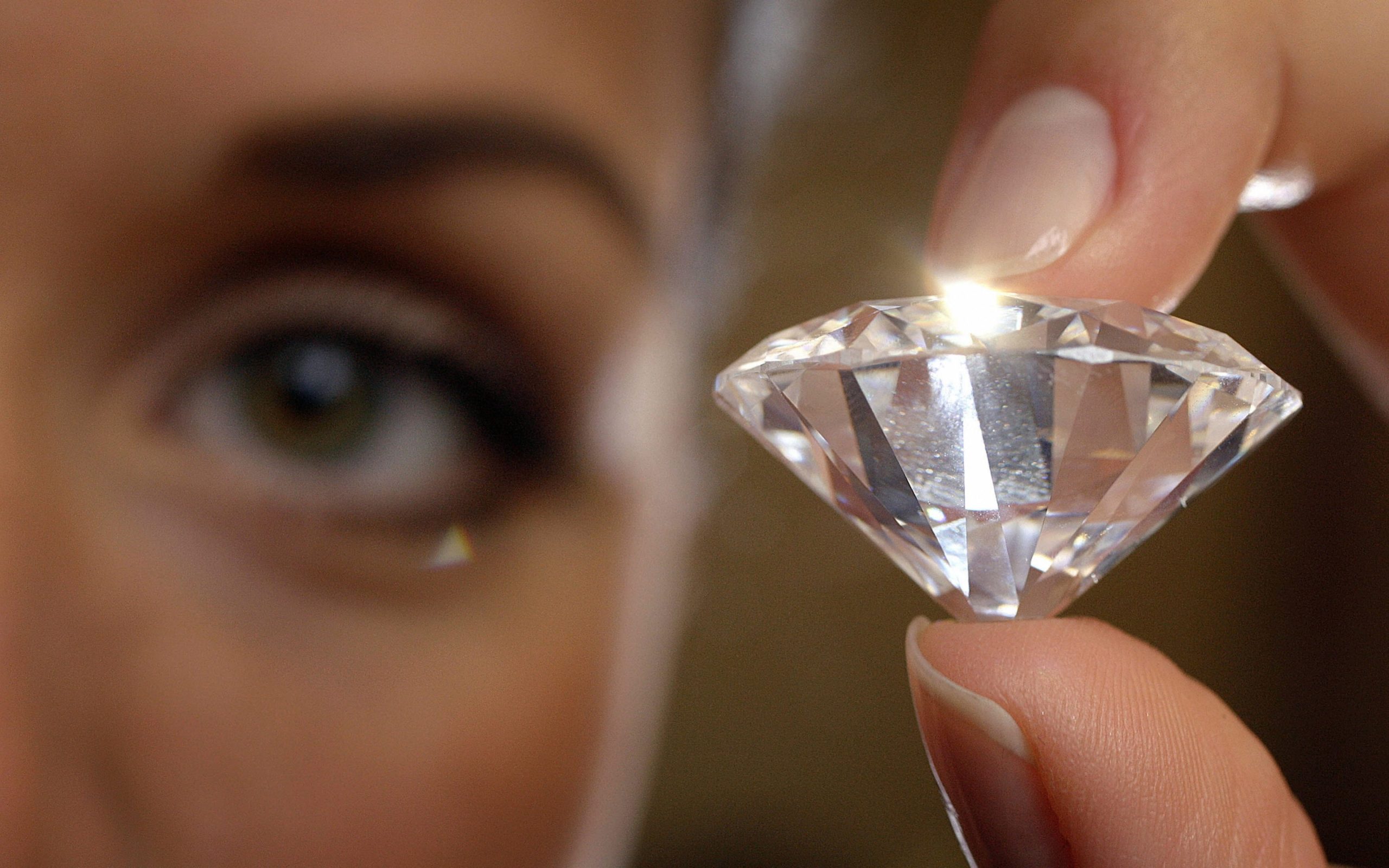Understanding Blood Diamonds and Their Impact
Blood diamonds, also known as conflict diamonds, have long been associated with violence, exploitation, and human rights abuses. These diamonds are mined in war zones and sold to finance armed conflict against governments. The trade in blood diamonds has led to countless deaths and suffering, particularly in African countries where rebel groups control diamond mines. Unlike ethically sourced gems, blood diamonds carry a dark history of forced labor and child exploitation. Consumers purchasing blood diamonds may unknowingly support these unethical practices, making it crucial to seek alternatives.
How Blood Diamonds Fuel Conflict and Suffering
The trade of blood diamonds has been linked to wars, insurgencies, and violations of human rights. In many instances, rebel groups seize control of diamond mines, using the profits from blood diamonds to buy weapons and fund violence. Countries such as Sierra Leone, Angola, and the Democratic Republic of Congo have suffered immensely from the blood diamond trade. The devastating effects of blood diamonds extend beyond warfare, as entire communities are displaced, and environmental destruction follows uncontrolled mining activities. The cycle of violence and suffering perpetuated by blood diamonds highlights the urgent need for ethical alternatives, such as lab diamonds.
The Rise of Lab Diamonds as a Sustainable Alternative
As the demand for ethical and sustainable choices grows, lab diamonds have emerged as a compelling alternative to blood diamonds. Lab diamonds are created using advanced technological processes that replicate natural diamond formation. These gems are produced in controlled environments, ensuring that they are free from the unethical origins of blood diamonds. Lab diamonds offer the same physical, chemical, and optical properties as natural diamonds, making them an ideal choice for consumers seeking conflict-free jewelry. Unlike blood diamonds, lab diamonds provide a transparent supply chain, ensuring buyers that their purchase does not contribute to violence or exploitation.
Why Lab Diamonds Are a Responsible Choice
Consumers today are more conscious of the ethical implications of their purchases, making lab diamonds an increasingly popular choice. Unlike blood diamonds, lab diamonds are created with minimal environmental impact and do not involve human rights abuses. Mining for blood diamonds often leads to deforestation, habitat destruction, and soil erosion, affecting local ecosystems and wildlife. In contrast, lab diamonds require significantly fewer resources to produce, reducing their overall carbon footprint. Choosing lab diamonds over blood diamonds aligns with sustainable and ethical practices, allowing individuals to wear beautiful gems without guilt.
The Affordability of Lab Diamonds Compared to Blood Diamonds
Beyond ethical considerations, lab diamonds are also more affordable than blood diamonds. Traditional blood diamonds undergo a lengthy and costly extraction process, which includes mining, transportation, and middlemen markups. Lab diamonds, however, are created efficiently in laboratories, eliminating many of these extra costs. The price difference between blood diamonds and lab diamonds makes the latter a more accessible option for consumers who want high-quality gemstones without supporting unethical industries. This affordability, combined with ethical benefits, makes lab diamonds a superior alternative to blood diamonds.
How to Identify Blood Diamonds and Choose Lab Diamonds Instead
With growing awareness of the blood diamond trade, consumers must take steps to ensure their purchases are ethical. Blood diamonds often enter the market through illicit channels, making it difficult to track their origins. One way to avoid blood diamonds is by purchasing from reputable jewelers who provide certification for ethically sourced gems. The Kimberley Process was established to prevent the trade of blood diamonds, but loopholes still exist. To ensure a conflict-free purchase, opting for lab diamonds is the best choice. Lab diamonds come with complete transparency regarding their origins, eliminating the risk of inadvertently supporting blood diamonds.
Lab Diamonds and the Future of the Jewelry Industry
As consumer preferences shift towards sustainability and ethical sourcing, lab diamonds are shaping the future of the jewelry industry. With increasing technological advancements, lab diamonds continue to improve in quality and accessibility, making them a competitive alternative to blood diamonds. Leading jewelers worldwide are embracing lab diamonds, recognizing the demand for ethical and sustainable options. Unlike blood diamonds, lab diamonds offer a guilt-free luxury, allowing individuals to enjoy exquisite jewelry while upholding their values. The transition from blood diamonds to lab diamonds represents a positive change in the industry, promoting responsible consumption and social responsibility.
Making an Informed Choice: Blood Diamonds vs. Lab Diamonds
When purchasing diamonds, consumers have a responsibility to make informed choices. Blood diamonds, despite their allure, carry a legacy of violence, suffering, and environmental destruction. In contrast, lab diamonds provide a humane and sustainable alternative, free from the ethical concerns surrounding blood diamonds. By choosing lab diamonds over blood diamonds, individuals contribute to a more ethical jewelry industry, ensuring that their purchases align with their values. The shift towards lab diamonds is not just a trend but a necessary movement towards a more responsible and compassionate world.
Conclusion: Lab Diamonds as the Ethical Future
The contrast between blood diamonds and lab diamonds is clear. Blood diamonds represent exploitation, conflict, and environmental harm, while lab diamonds symbolize ethical progress, sustainability, and affordability. As awareness grows, more consumers are choosing lab diamonds over blood diamonds, driving the industry towards a more responsible future. The decision to avoid blood diamonds and embrace lab diamonds reflects a commitment to ethical consumption and social responsibility. By supporting lab diamonds, individuals can enjoy stunning jewelry without compromising their values, ensuring a brighter future free from the atrocities of blood diamonds.


